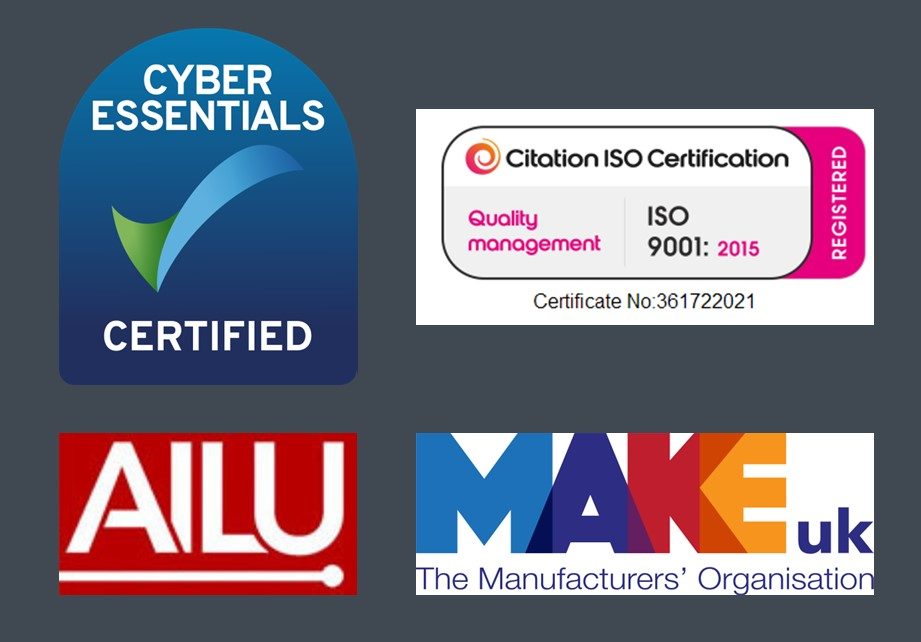Revolutionizing Manufacturing: How Welding Automation Increases Efficiency by 30% and Reduces Costs
In the ever-evolving landscape of manufacturing, the integration of cutting-edge technologies is paramount for staying competitive. One significant advancement that has gained momentum is welding automation, which has proven to transform traditional manufacturing processes. By harnessing the power of robotics and intelligent systems, welding automation increases efficiency by an impressive 30%, allowing manufacturers to optimize production rates while maintaining high-quality standards. Furthermore, this technological shift not only streamlines operations but also reduces costs associated with labor and material waste. As industries seek to enhance productivity and drive down expenses, welding automation emerges as a pivotal solution that not only addresses current manufacturing challenges but also sets the stage for future innovations. This article delves into the reasons behind the widespread adoption of welding automation and its profound impact on the manufacturing sector.
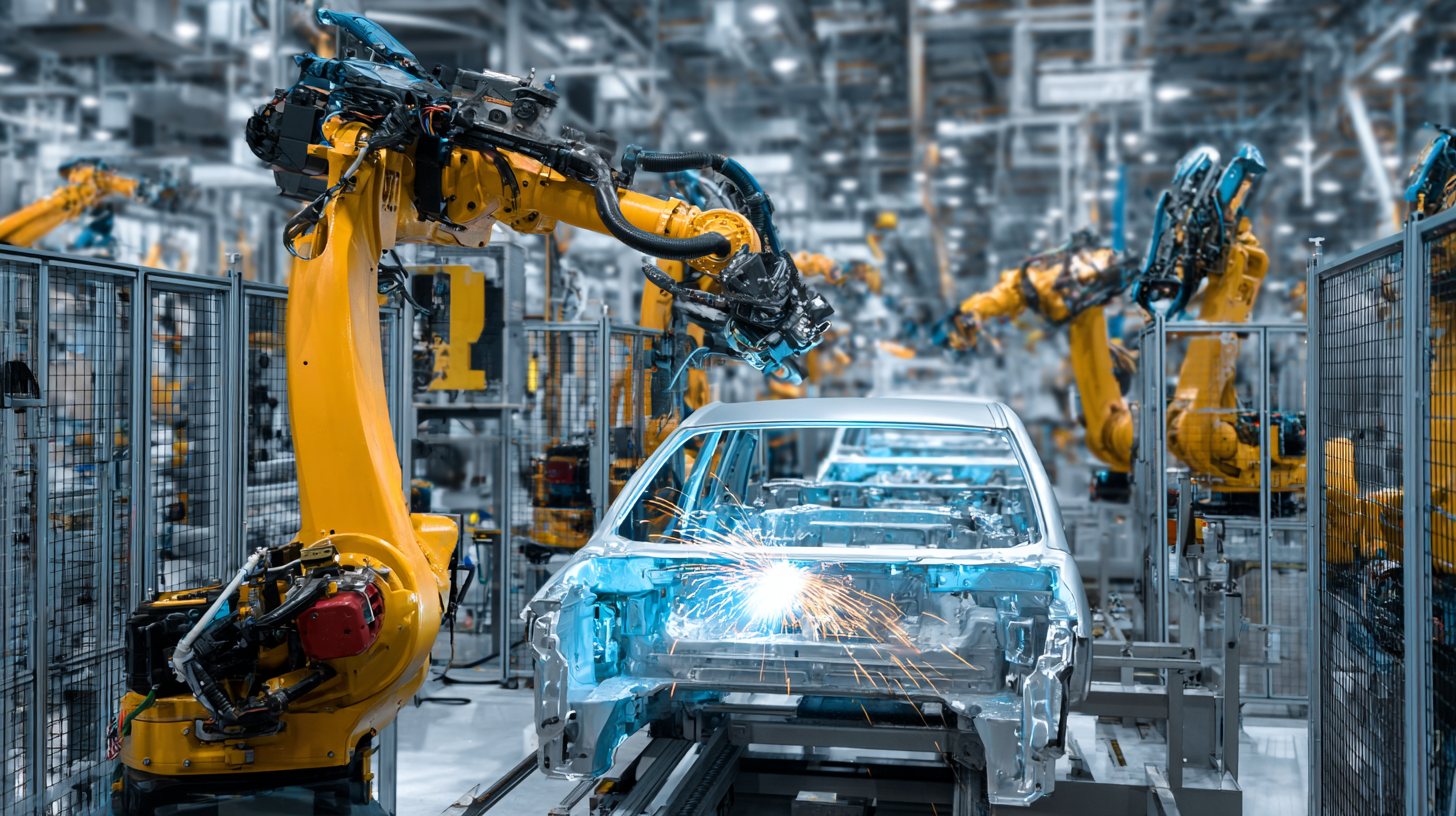
The Impact of Welding Automation on Production Throughput and Cycle Times
Welding automation is increasingly recognized for its transformative effects on production throughput and cycle times in the manufacturing sector. According to recent industry reports, automation can improve manufacturing efficiency by up to 30%, enabling faster production cycles and enhancing overall throughput. This shift is facilitated by advanced robotics that provide not only precision but also the ability to adapt to varying production demands. For instance, the implementation of next-generation robotic systems has been highlighted as a key driver of efficiency in sectors ranging from automotive to aerospace.
The integration of AI-driven automation technologies further amplifies these benefits. Reports indicate that manufacturers adopting intelligent robotics see significant reductions in cycle times, which can lead to increased production output. As industries strive for greater sustainability and cost efficiency, the push towards automated welding processes becomes vital. Data from recent market analyses predict that the automotive sonic welding equipment market will grow at a CAGR of 5.8% by 2025, underscoring the critical role of automation in meeting the demands of modern manufacturing while managing costs effectively.
Cost Reduction Strategies in Welding Automation: An Analysis of Direct and Indirect Savings
Welding automation has emerged as a pivotal strategy for manufacturers seeking to enhance efficiency and reduce costs. A recent analysis suggests that companies implementing automated welding solutions have seen an impressive 30% increase in operational efficiency. This transformation is attributed to the optimization of production processes and the reduction of labor-intensive tasks. By leveraging technology, manufacturers can minimize direct costs related to labor and materials, while indirectly benefitting from enhanced quality control and reduced rework.
Furthermore, the integration of automation in welding processes aligns with broader industry trends identified in reports from trade organizations. For instance, companies utilizing advanced technologies can expect to see procurement costs drop by up to 15%, as modern tools facilitate smarter sourcing decisions. In the realm of taxes, a shift towards digital solutions is helping firms streamline compliance processes, ultimately reducing indirect costs associated with regulatory adherence. As businesses navigate a volatile environment marked by rising costs, the strategic adoption of welding automation represents a critical pathway to securing and sustaining competitive advantage.
Revolutionizing Manufacturing: How Welding Automation Increases Efficiency by 30% and Reduces Costs - Cost Reduction Strategies in Welding Automation: An Analysis of Direct and Indirect Savings
| Cost Reduction Category | Direct Savings ($) | Indirect Savings ($) | Total Savings ($) | Efficiency Improvement (%) |
|---|---|---|---|---|
| Labor Cost Reduction | $15,000 | $5,000 | $20,000 | 30% |
| Material Waste Reduction | $10,000 | $3,000 | $13,000 | 30% |
| Downtime Reduction | $25,000 | $10,000 | $35,000 | 30% |
| Maintenance Costs | $8,000 | $4,000 | $12,000 | 30% |
| Overall Cost Reduction | $58,000 | $22,000 | $80,000 | 30% |
Improving Precision and Quality: How Automation Minimizes Human Error in Welding
Welding automation plays a crucial role in enhancing the precision and quality of manufacturing processes. By integrating advanced robotics and automated systems into welding operations, manufacturers can significantly minimize human error, which is often the culprit behind inconsistencies and defects in welds. Automated welding systems consistently apply the same parameters and techniques, ensuring that each weld meets stringent quality standards and reducing the variability that can occur with manual welding.
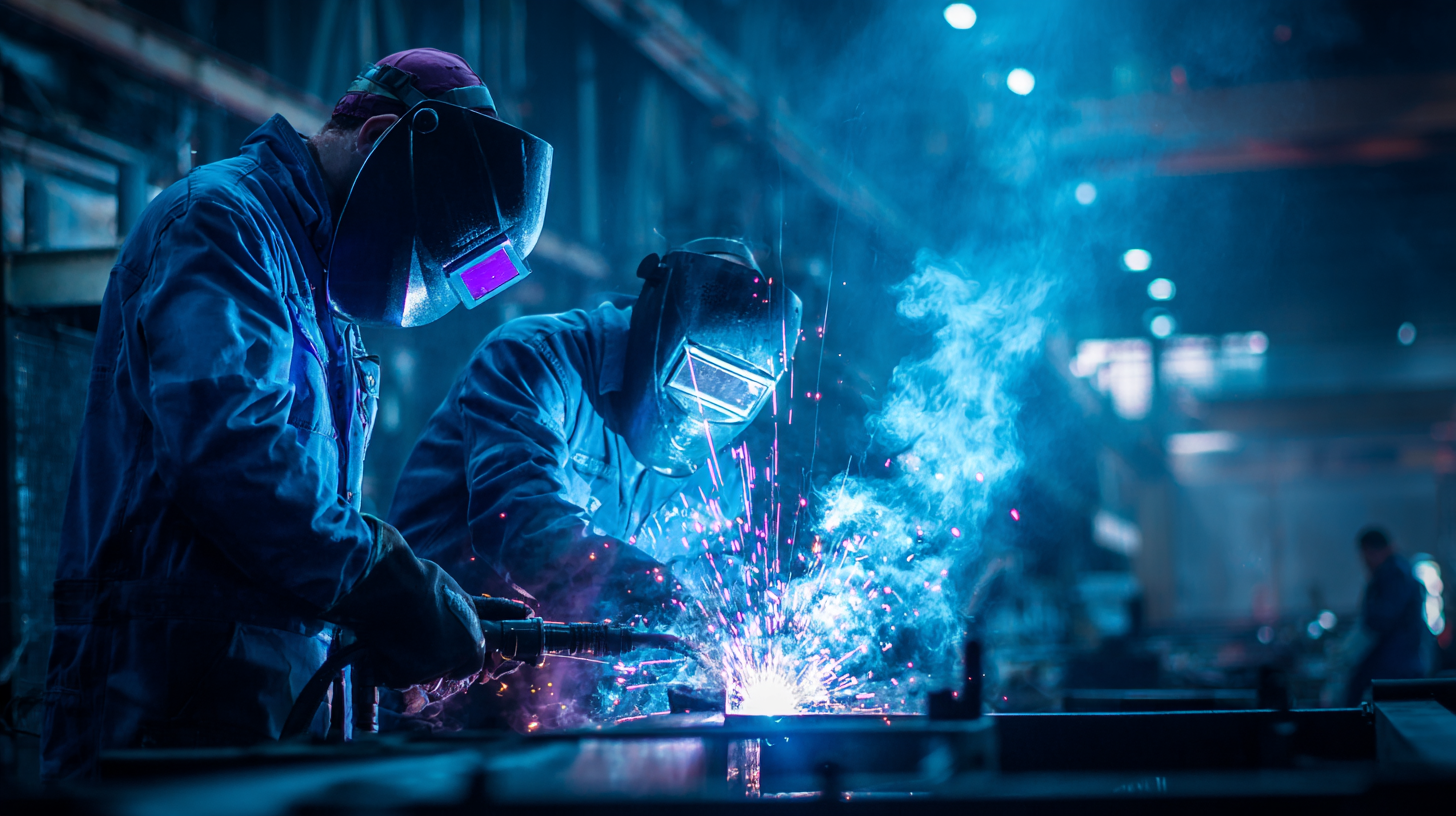
Moreover, the technological advancement in welding automation allows for improved monitoring and control over the welding environment. With real-time feedback and intelligent adjustments, these systems can detect and correct issues instantaneously, further enhancing the quality of the welds produced. This level of precision not only leads to better structural integrity of the products but also increases production speed. As a result, manufacturers can achieve higher levels of productivity while simultaneously reducing the costs associated with rework and scrap due to welding defects.
Data-Driven Decision Making: Utilizing Analytics in Automated Welding Systems
 In today's competitive manufacturing environment, data-driven decision making is essential for optimizing processes, particularly in automated welding systems. By harnessing analytics, companies can significantly boost productivity and decrease operational costs. According to a report by the International Institute of Welding, companies leveraging welding automation combined with advanced data analytics have reported efficiency improvements of up to 30%. This enhancement is largely attributed to real-time monitoring and predictive maintenance capabilities that these systems provide, allowing manufacturers to preemptively address issues before they become costly problems.
In today's competitive manufacturing environment, data-driven decision making is essential for optimizing processes, particularly in automated welding systems. By harnessing analytics, companies can significantly boost productivity and decrease operational costs. According to a report by the International Institute of Welding, companies leveraging welding automation combined with advanced data analytics have reported efficiency improvements of up to 30%. This enhancement is largely attributed to real-time monitoring and predictive maintenance capabilities that these systems provide, allowing manufacturers to preemptively address issues before they become costly problems.
Implementing data analytics in welding automation not only streamlines operations but also contributes to higher quality outputs. A smart automated system analyzes weld quality in real-time, reducing rework and ensuring compliance with industry standards. For instance, a study by the American Welding Society revealed that integrating data analytics can lead to a 20% reduction in waste materials, significantly impacting the overall cost structure.
Tip: To maximize the benefits of automated welding, ensure that your analytics tools are properly integrated with your existing systems. Regularly review the data collected to identify trends and areas for improvement.
Tip: Train your staff on the importance of data interpretation. Empowering your team with the skill to analyze and act on data findings can amplify the impact of automation initiatives.
Future Trends in Welding Automation: Innovations That Will Shape the Industry in 2025
The welding automation industry is poised for transformative changes as we move towards 2025. With the welding equipment market projected to reach USD 1.596 billion in 2025 and expand to USD 2.722 billion by 2033, a significant growth rate of 6.9% signifies the rising adoption of automated solutions in manufacturing processes. Innovations in robotics, artificial intelligence, and data analytics are driving efficiencies and cost reductions—a crucial factor as industries strive to enhance their operational capabilities.
As the 2025 Automatica fair in Munich approaches, the global spotlight will shine on robotics and automation technologies that promise to redefine manufacturing. Attendees can expect to witness groundbreaking developments that focus on smart automation, promising substantial improvements in production processes.
Tips: To leverage the trends in welding automation, manufacturers should invest in training their workforce to adapt to new technologies. Additionally, exploring collaborations with tech innovators can help businesses stay competitive. Lastly, keeping an eye on market forecasts can inform strategic decisions for equipment investments and upgrades.
Related Posts
-
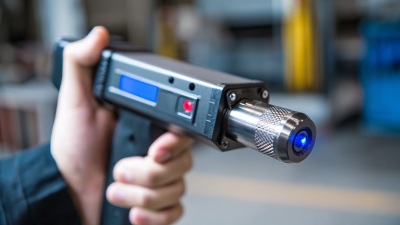
Exploring the Advantages of Hand Held Laser Welding Machines: Efficiency and Precision Unleashed
-

Exploring the Future: How Handheld Laser Welders Are Revolutionizing DIY Projects
-
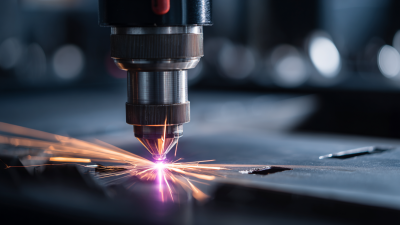
Unlocking Precision and Efficiency with Handheld Laser Welders in Modern Manufacturing
-

Unlocking the Future: How Micro Welders Are Revolutionizing Precision Manufacturing


